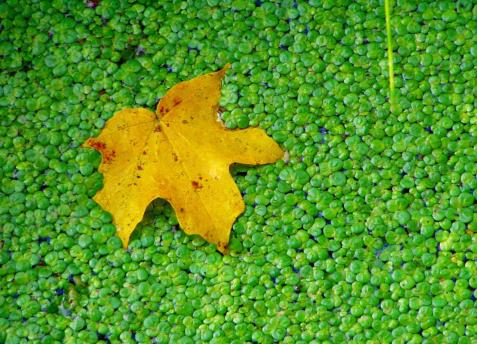In this new research, a bioassay with arsenic-stressed duckweed (Lemna gibba L.) was developed to study potentially regulative effects of homoeopathic preparations. Researchers had compared potentized substances (nine different potency levels between 17x and 33x) with two controls (unsuccussed and succussed water) regarding their influence on number- and area-related growth rate and colour of fronds (leaves). Screening included 11 potentised substances: Arsenicum album, gibberellic acid, nosode, arsenic (V), phosphorus, Conchae, Acidum picrinicum, Argentum nitricum, Crotalus horridus, Hepar sulfuris, and Mercurius vivus naturalis. Duckweed was stressed with arsenic (V) for 48 hours. Afterwards, plants grew in either potentised substances or water controls for 6 days. Growth rate and color of fronds were determined with a computerised image analysis system for different time intervals (days 0–2, 2–6, 0–6). A systematic negative control experiment with unsuccussed water was used to investigate the stability of the bioassay. All
 |
| Duckweed |
experiments were randomized and blinded. Results showed that Arsenicum album and nosode potencies increased frond number–related growth rate compared to controls (succussed water controls or pooled water controls [succussed and unsuccussed], p<0.05, t test). Regarding colour classification, no effects were observed. From this study researchers had concluded that the experimental setup with L. gibba stressed by arsenic (V) provides a valuable tool to investigate regulative effects of potentised substances. In order to verify the effects of Arsenicum album and nosode potencies, further independent replication experiments are necessary. Reference: Tim Jäger, Claudia Scherr, Meinhard Simon, Peter Heusser, Stephan Baumgartner. The Journal of Alternative and Complementary Medicine. April 2011, 17(4): 315-323